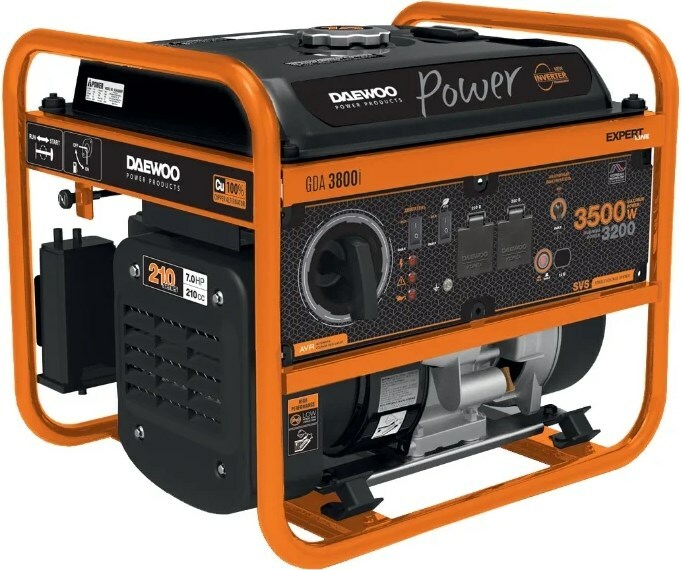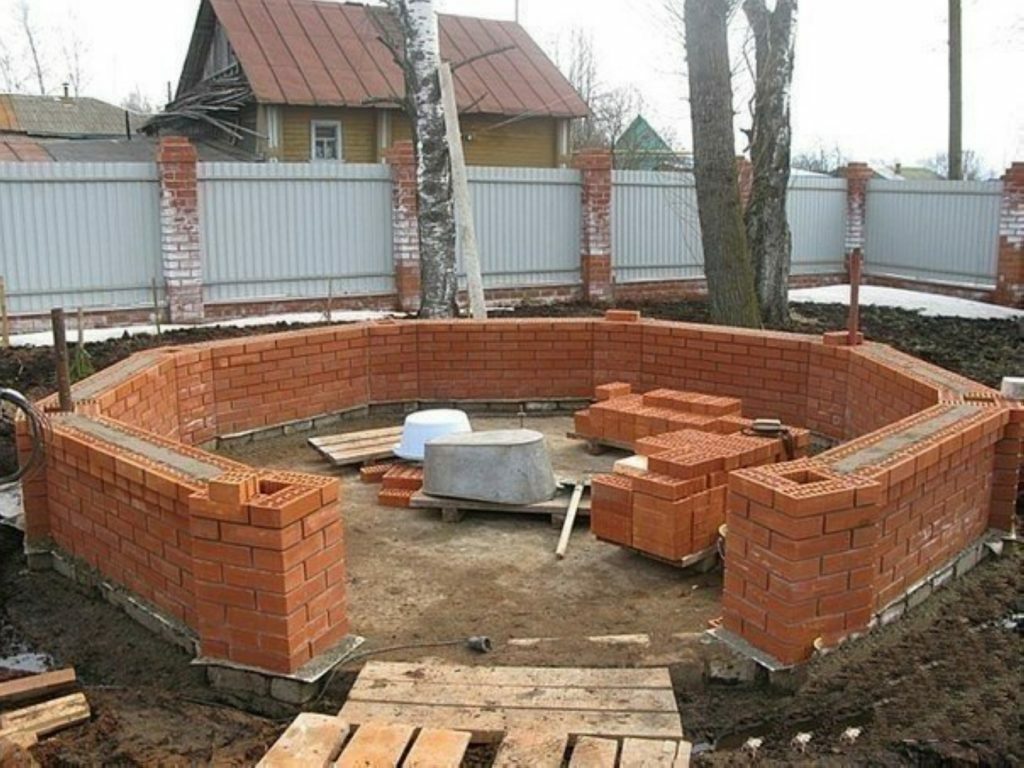Floor creaking is a real problem for households, which can get on your nerves. It is especially unpleasant at night, when, for whatever reason, you need to get out of bed. Often people get used to this as inevitable, believing that in order to eliminate it, they will have to open the floors. And this will definitely lead to a waste of time and financial resources. Sometimes this is true, but often major repairs are not required. Today we will talk about simple ways to eliminate the squeak of a wooden floor without ripping off the boards.
Read in the article
- 1 Causes of a squeaky wooden floor
- 2 The fastening of the boards to the logs is weakened
- 2.1 Using self-tapping screws to eliminate squeak
- 2.2 A cheaper way is to use special nails.
- 2.3 The easiest way to deal with squeaky floorboards
- 3 What to do if the plinth to the floor is loose
- 4 The fastening of the lag to the base is loose
- 5 Conclusion
Causes of a squeaky wooden floor
There can be several reasons for this problem.
Among the main ones are:
- the boards dried up over time and parted among themselves;
- the fastening of the cover to the lags is weakened;
- weakening the fastening of the lag to the base;
- the plinth to the floor is loose.

Almost always, such reasons can be eliminated without opening the floors, except, perhaps, for the first point, and now let's try to figure out how difficult it is to do this.
The fastening of the boards to the logs is weakened
The most common cause of squeaking flooring that occurs over time. This is due to the constant, albeit microscopic, movement of the board when moving on the surface. Also, this can happen with the wrong choice of fasteners. It is worth remembering here that ordinary nails are not quite suitable for such work, although you can work with them. But this problem can be solved quite simply.
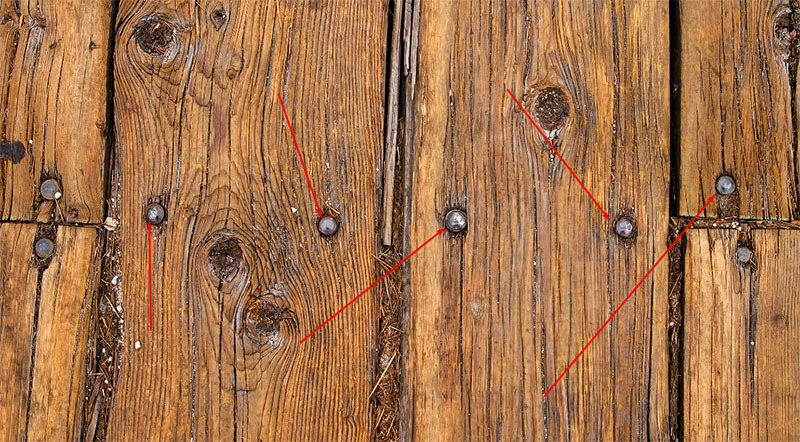
Using self-tapping screws to eliminate squeak
A very good option if available screwdriver. It is unlikely that such work can be done manually. Fit here long self-tapping screws pre-drilled.
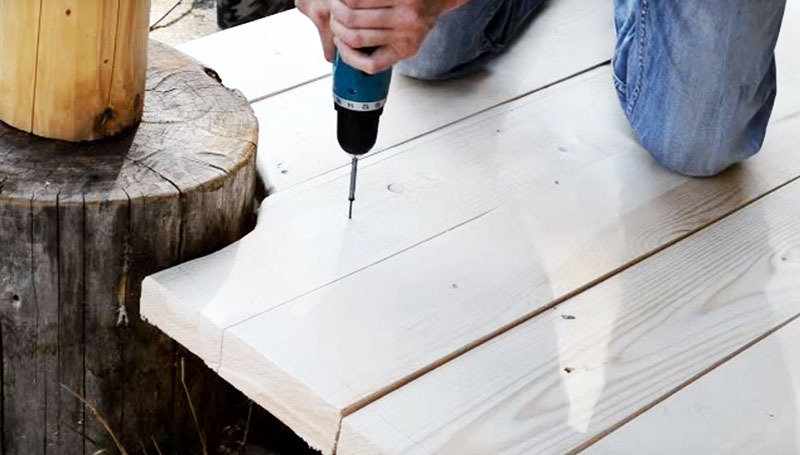
First, you need to find the old places where the boards are attached to the logs, and then drill 2 holes in each board, preferably with a slight slope in opposite directions. Then self-tapping screws are screwed into the holes. After such a procedure, you can forget about the creak of the floorboards for many years. However, from the point of view of economy, this method cannot be called the best, because the cost of self-tapping screws, which will be needed a lot, will be high. This means that it is worth looking for other options for eliminating the squeak.
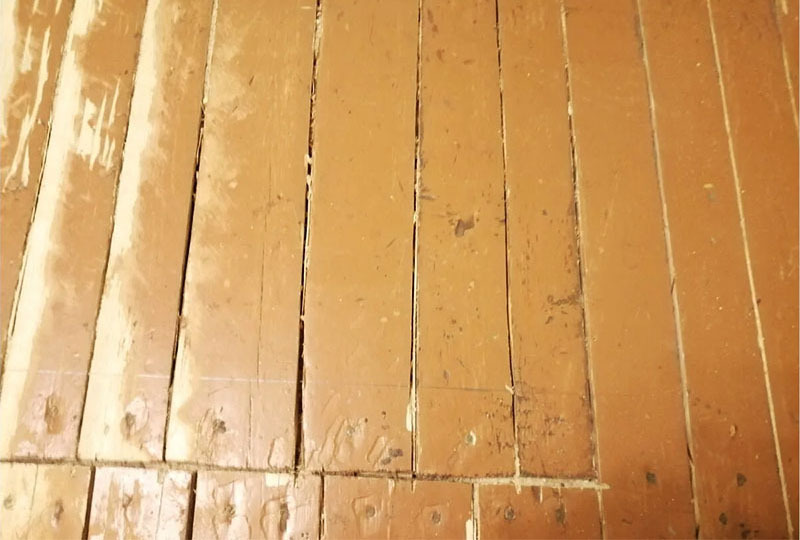
A cheaper way is to use special nails.
Such nails are also called German nails. They can be twisted (screw) or serrated, ribbed. The way to use them is the same as that of self-tapping screws. The difference here will be the absence of the use of a drill and screwdriver. An ordinary hammer is enough. And the work will be done much faster. However, many people note that the squeak when using such nails can appear much faster than when fixing with self-tapping screws.
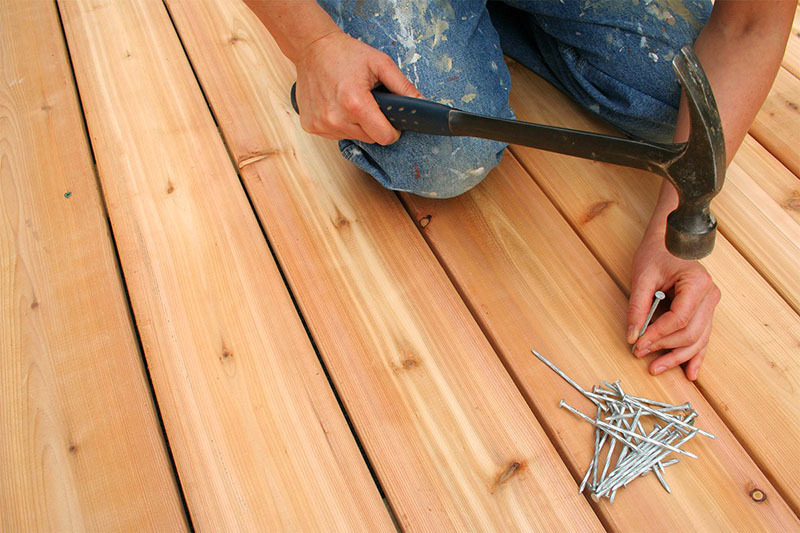
The easiest way to deal with squeaky floorboards
As mentioned at the beginning of the article, ordinary nails cannot be used for fixing, however, if they are slightly changed, they will perfectly hold the floorboards, for example, if they are rusty. It doesn't take much for that. Just nails, a bucket, water and a few days of preparation. They must corrode thoroughly. Fixation is performed in the same way as in the two previous methods. Such a fixation will ensure that there is no squeak, no worse than using self-tapping screws. However, the cost will be several times lower, and the work will require less effort and time.
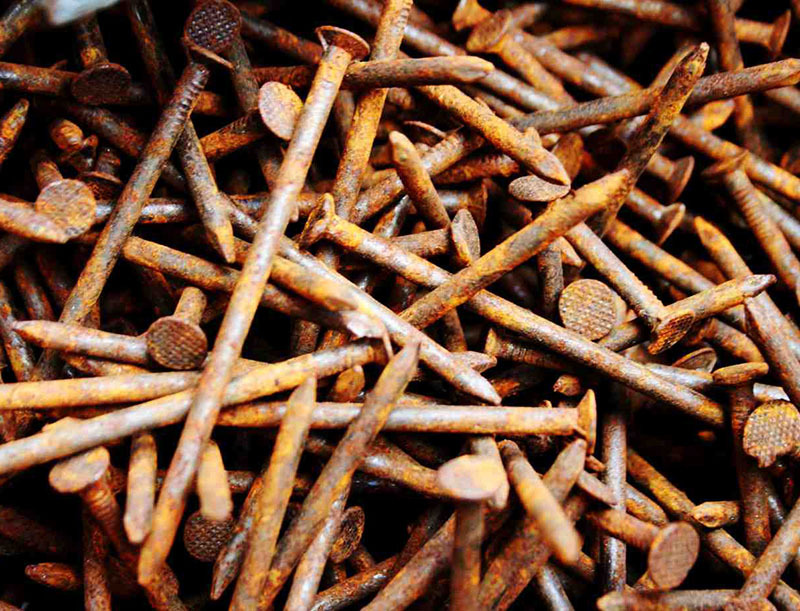
In essence, the new is the well-forgotten old. A similar method was used at a time when self-tapping screws had not yet been heard. This means that the method can be trusted. It is especially optimal if you do not want to spend a lot of money.
What to do if the plinth to the floor is loose
Here, in fact, are completely the same methods of eliminating the problem. The plinth, like the board, can dry out, and the fixation can weaken due to movement. But this only applies to old wooden skirting boards. Modern plastic ones are attached to the wall, and on the bottom they have a special silicone strip at the points of contact with the floor. Therefore, in such a case, the creak is excluded.
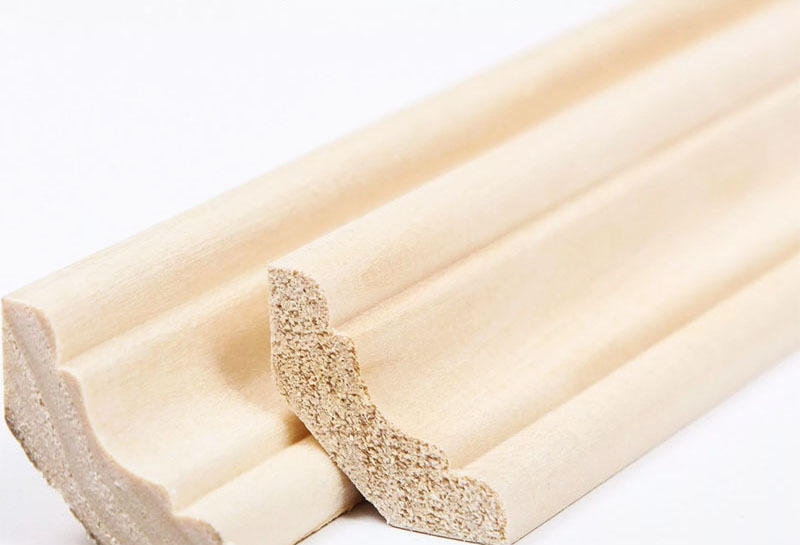
The fastening of the lag to the base is loose
This problem is more complicated, but it is also quite solvable. Here the question arises only about whether the logs are laid on a concrete base, or there is a void under them. Often in the second case, it is impossible to do without opening the floor, and therefore we will consider only the first option.
To perform this work, you will need concrete screws (pins), a hammer drill and a powerful screwdriver. The fastening process will be as follows. First, a hole is drilled in the place where the board is attached to the logs, and it must go to the very base. Therefore, it is worth preparing a long drill and an even larger drill. Next, using a drill of a suitable diameter, concrete is drilled to the desired depth. It is better to make a larger hole in the floor board so that the screw head falls through. After that, it remains only to wrap the self-tapping screw on the concrete until it stops. The hole in the board is covered with elastic putty or a floor-color sealant.


The only problem of such a repair will be the high cost of such hardware.
Conclusion
Floorboards creak - although significant, but quite easily eliminated trouble. If you approach this work with all responsibility, then all the floors in a two-room apartment can be repaired during the day, without straining at all. At the same time, the presence of any experience does not play a role here. The main thing is that after the production of such work, when walking on the floor, there will be no nasty squeaks that will get on your nerves. And the costs here will be much less than a complete replacement of floors.
We really hope that the information on simple ways to eliminate the creak of a wooden floor without tearing off the boards, presented today, will be useful to our dear reader. HouseChief editors will be happy to answer your questions, if any, have arisen in the process of reading the article. You just need to state the essence in the comments below. There you can also express your opinion about what you have read or share your personal experience in such work, if any. Did you like the article? Then don't forget to rate. And finally, we suggest you watch a short video that will more fully reveal today's topic. Take care of yourself, loved ones and be healthy!

